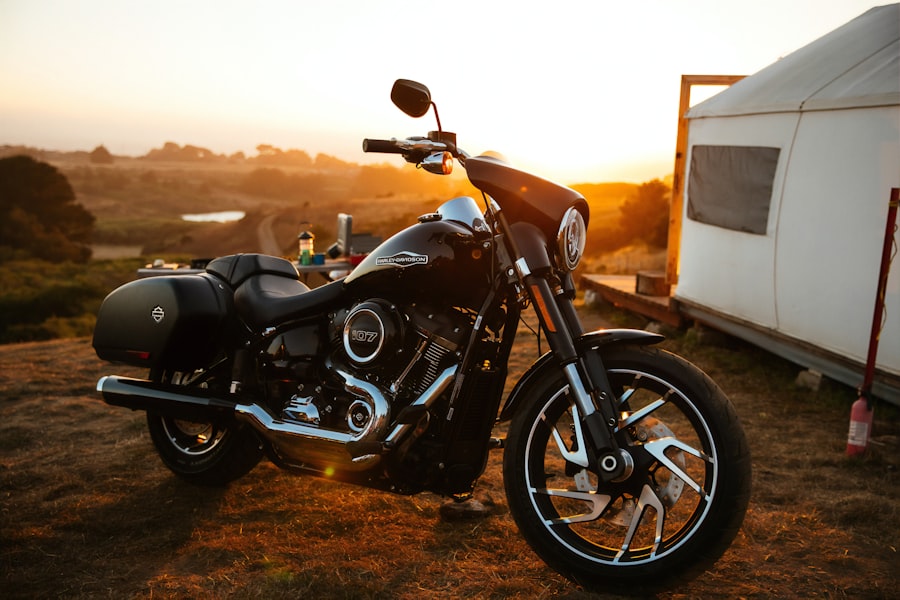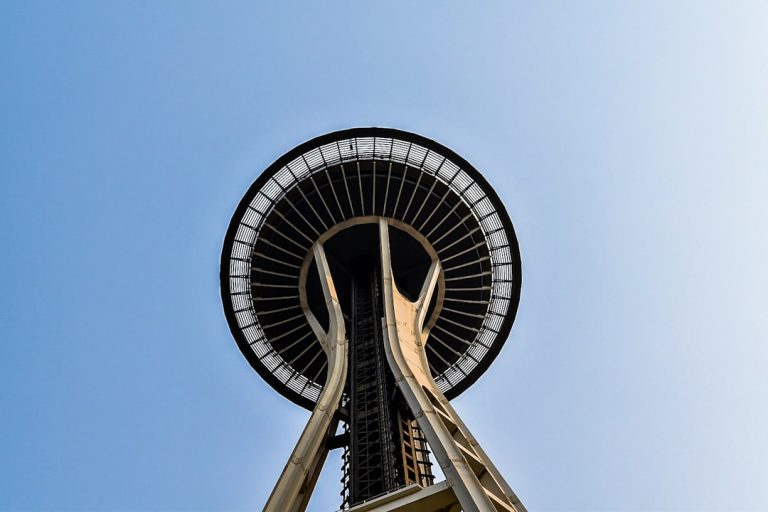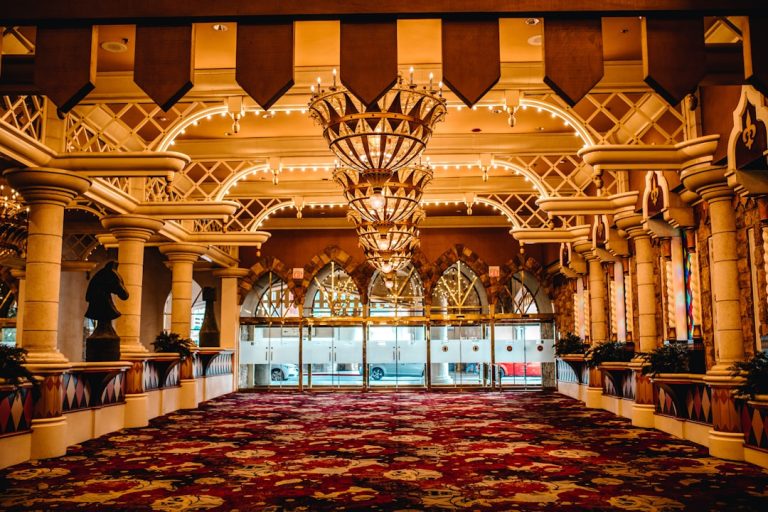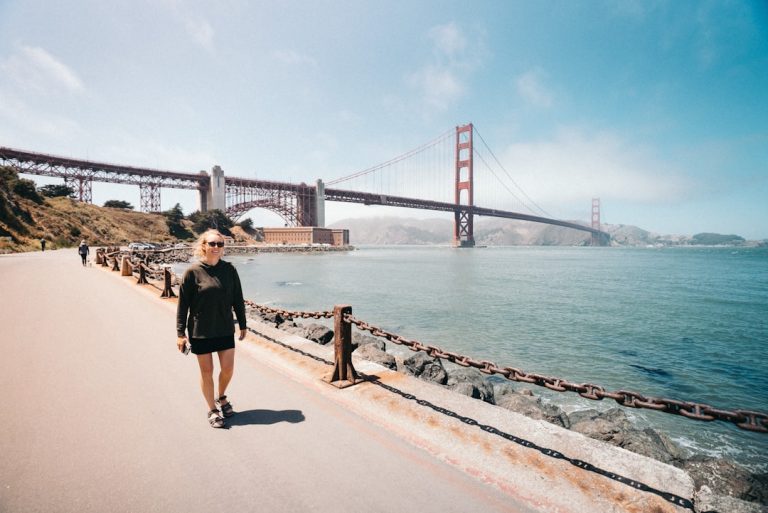
Known for its rich history, diverse culture, and thriving economy, Milwaukee has evolved from its industrial roots into a modern urban center that attracts visitors from all over the world. The city is characterized by its unique blend of Midwestern charm and cosmopolitan flair, making it an appealing destination for both residents and tourists alike.
With a population of over 590,000, Milwaukee is not only a hub for commerce and industry but also a center for arts, education, and recreation. The city’s strategic location along Lake Michigan has played a significant role in its development. Historically, Milwaukee served as a vital port for shipping goods and resources, which contributed to its growth during the 19th century.
Today, the waterfront remains an integral part of the city’s identity, offering picturesque views and recreational opportunities. Milwaukee’s neighborhoods are as diverse as its population, each with its own character and charm, from the historic Third Ward to the bustling East Side. This diversity is reflected in the city’s festivals, events, and culinary scene, making it a dynamic place to explore.
The city was founded in 1846 by three men—Byron Kilbourn, Solomon Juneau, and George H. Walker—who recognized the potential of the area’s natural resources and waterways.
By the late 19th century, Milwaukee had become known as “Brew City,” home to several major breweries such as Pabst, Schlitz, and Miller. These breweries not only shaped the local economy but also influenced the cultural fabric of the city, leading to a strong German heritage that is still celebrated today. One of Milwaukee’s most iconic landmarks is the Milwaukee Art Museum, designed by renowned architect Santiago Calatrava.
The museum’s stunning structure features a movable brise soleil that resembles a bird in flight, symbolizing the city’s connection to Lake Michigan. Another significant historical site is the Pabst Mansion, built in 1892 for beer baron Frederick Pabst. This opulent residence showcases the grandeur of Milwaukee’s brewing history and offers guided tours that delve into the life of one of the city’s most influential figures.
Additionally, the Historic Third Ward district is a treasure trove of preserved buildings that reflect Milwaukee’s architectural heritage, featuring cobblestone streets and a mix of galleries, boutiques, and restaurants.
Key Takeaways
- Milwaukee, Wisconsin is a vibrant city known for its rich history, diverse culture, and beautiful outdoor spaces.
- The city is home to many historical landmarks, including the Pabst Mansion and the Milwaukee Art Museum, which are must-visit attractions for history buffs.
- Visitors should not miss the Milwaukee Public Museum and the Harley-Davidson Museum for a deeper understanding of the city’s cultural and artistic heritage.
- Outdoor enthusiasts can enjoy the scenic beauty of Lake Michigan, explore the Milwaukee County Zoo, or take a stroll through the picturesque Mitchell Park Horticultural Conservatory.
- Food lovers can indulge in local cuisine such as bratwurst, cheese curds, and custard, and explore the city’s vibrant culinary scene with its many breweries and farm-to-table restaurants.
Must-Visit Places and Attractions

When visiting Milwaukee, there are several must-see attractions that capture the essence of the city. The Harley-Davidson Museum is a prime example; it celebrates the legacy of one of America’s most iconic motorcycle brands. The museum features an extensive collection of motorcycles, memorabilia, and interactive exhibits that tell the story of Harley-Davidson’s impact on American culture.
Visitors can explore the history of the brand while enjoying stunning views of the Menomonee River. Another essential stop is the Milwaukee County Zoo, which spans over 200 acres and houses more than 2,000 animals from around the globe. The zoo is dedicated to conservation and education, offering visitors a chance to learn about wildlife while enjoying beautifully landscaped grounds.
Families can spend an entire day exploring various exhibits, including the African Journey and the Australian Outback, making it a perfect destination for animal lovers of all ages. For those interested in history and architecture, a visit to the Basilica of St. Josaphat is highly recommended.
This stunning church was built in the early 20th century and is modeled after St. Peter’s Basilica in Rome. Its breathtaking interior features intricate mosaics and beautiful stained glass windows that tell biblical stories.
The basilica stands as a testament to Milwaukee’s rich immigrant history and serves as a spiritual center for many residents.
Cultural and Artistic Sights
| City | Number of Museums | Number of Art Galleries | Number of Theaters |
|---|---|---|---|
| New York | 83 | 416 | 420 |
| Paris | 173 | 127 | 120 |
| Rome | 144 | 98 | 65 |
Milwaukee boasts a thriving arts scene that reflects its diverse cultural heritage. The Milwaukee Art Museum is not only an architectural marvel but also home to an impressive collection of over 30,000 works of art spanning various periods and styles. From European masters to contemporary pieces, the museum offers something for every art enthusiast.
Special exhibitions frequently rotate through its galleries, providing fresh perspectives on both classic and modern art. The city also hosts numerous cultural festivals throughout the year that celebrate its rich traditions. One notable event is Summerfest, often referred to as “The World’s Largest Music Festival.” Held annually along the shores of Lake Michigan, Summerfest features hundreds of musical acts across multiple stages, attracting music lovers from all walks of life.
The festival showcases genres ranging from rock to hip-hop to country, making it a melting pot of musical talent. In addition to music festivals, Milwaukee is home to several theaters that contribute to its vibrant performing arts scene. The Milwaukee Repertory Theater offers a diverse lineup of productions ranging from classic plays to contemporary works.
The historic Pabst Theater hosts concerts and performances in an elegant setting that dates back to 1895. These venues not only provide entertainment but also foster a sense of community among residents who come together to appreciate the arts.
Outdoor and Recreational Activities
Milwaukee’s location along Lake Michigan provides ample opportunities for outdoor enthusiasts to enjoy recreational activities year-round. The city’s extensive park system includes over 15,000 acres of green space, offering residents and visitors alike a chance to engage with nature. One popular destination is Lakefront Park, which features scenic walking paths along the shoreline, picnic areas, and stunning views of the lake.
For those who enjoy cycling or running, the Oak Leaf Trail is a must-visit. This 125-mile trail winds through various parks and neighborhoods in Milwaukee County, providing a safe and scenic route for outdoor activities. The trail connects several key attractions, including the Milwaukee Art Museum and Discovery World, making it an excellent way to explore the city while staying active.
In addition to biking and walking trails, Milwaukee offers numerous water-based activities during the warmer months. Kayaking on the Milwaukee River allows participants to experience the city from a unique perspective while enjoying the tranquility of nature. Guided tours are available for those who want to learn more about the river’s history and ecology while paddling through its calm waters.
Culinary Delights and Local Cuisine

Milwaukee’s culinary scene is as diverse as its population, offering a wide range of dining options that reflect both local traditions and global influences. The city is particularly famous for its beer culture, with numerous breweries producing everything from classic lagers to innovative craft beers. A visit to Milwaukee would be incomplete without sampling some local brews at establishments like Lakefront Brewery or Good City Brewing.
In addition to beer, Milwaukee is known for its cheese curds—an iconic Wisconsin delicacy that has gained popularity beyond state lines. Many restaurants serve these deep-fried morsels as appetizers or snacks, often accompanied by dipping sauces that enhance their flavor. For those looking for a more substantial meal, traditional Wisconsin fare such as bratwurst and fish fry can be found at various eateries throughout the city.
Milwaukee also embraces international cuisine due to its diverse immigrant population. Neighborhoods like Bay View and Walker’s Point are home to an array of restaurants offering everything from Mexican tacos to Ethiopian injera. Food festivals such as the Wisconsin State Fair showcase local culinary talent while celebrating regional specialties like cream puffs and corn on the cob.
The city’s farmers’ markets further highlight its commitment to fresh produce and local ingredients. The West Allis Farmers Market operates year-round and features vendors selling everything from organic vegetables to artisanal cheeses. These markets not only provide residents with access to high-quality food but also foster community connections among local farmers and consumers.
Milwaukee’s culinary landscape continues to evolve as chefs experiment with new flavors and techniques while honoring traditional recipes. This dynamic food scene makes it an exciting destination for food lovers seeking both comfort food classics and innovative dining experiences.
If you’re intrigued by the diverse attractions and historical insights provided in the article about Milwaukee, Wisconsin, you might also find the exploration of another prominent American location quite fascinating. Consider reading about Washington D.C., which, like Milwaukee, is rich in cultural heritage and offers numerous landmarks and museums. This article on Washington D.C. not only highlights the iconic places to visit but also delves into lesser-known facts about the city, making it a compelling read for anyone interested in American cities. You can check out the article here: Washington D.C.: Facts and Places to Visit.
FAQs
What are some interesting facts about Milwaukee, Wisconsin?
– Milwaukee is known as the “City of Festivals” due to its numerous cultural and ethnic festivals throughout the year.
– It is home to the Harley-Davidson Museum, showcasing the history and culture of the iconic motorcycle brand.
– Milwaukee is the birthplace of the famous beer brand, Miller Brewing Company, and has a rich brewing history.
– The city is located on the western shore of Lake Michigan and has a beautiful waterfront area.
What are some popular places to visit in Milwaukee, Wisconsin?
– The Milwaukee Art Museum, known for its iconic “wings” that open and close daily, is a must-visit for art enthusiasts.
– The Historic Third Ward offers a vibrant mix of art galleries, boutiques, and restaurants in a beautifully preserved historic neighborhood.
– The Milwaukee Public Market is a bustling indoor market featuring local vendors, artisanal foods, and fresh produce.
– The Pabst Mansion, a stunning historic home built in the late 19th century, offers guided tours showcasing the opulent lifestyle of the Pabst family.
What are some things to see in Milwaukee, Wisconsin?
– The Bronze Fonz, a statue of the character Fonzie from the TV show “Happy Days,” is a popular photo spot along the Milwaukee Riverwalk.
– The Milwaukee County Zoo is home to over 2,000 animals from around the world and offers a variety of exhibits and attractions for visitors of all ages.
– The Mitchell Park Horticultural Conservatory, also known as “The Domes,” features three distinct glass domes housing a wide variety of plant species in a tropical, desert, and floral setting.
– The Milwaukee Riverwalk provides scenic views of the city skyline, public art installations, and access to waterfront dining and entertainment options.






